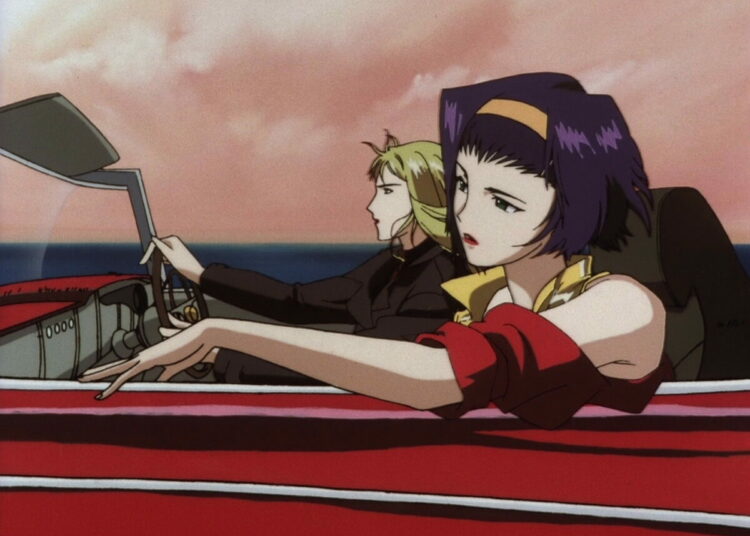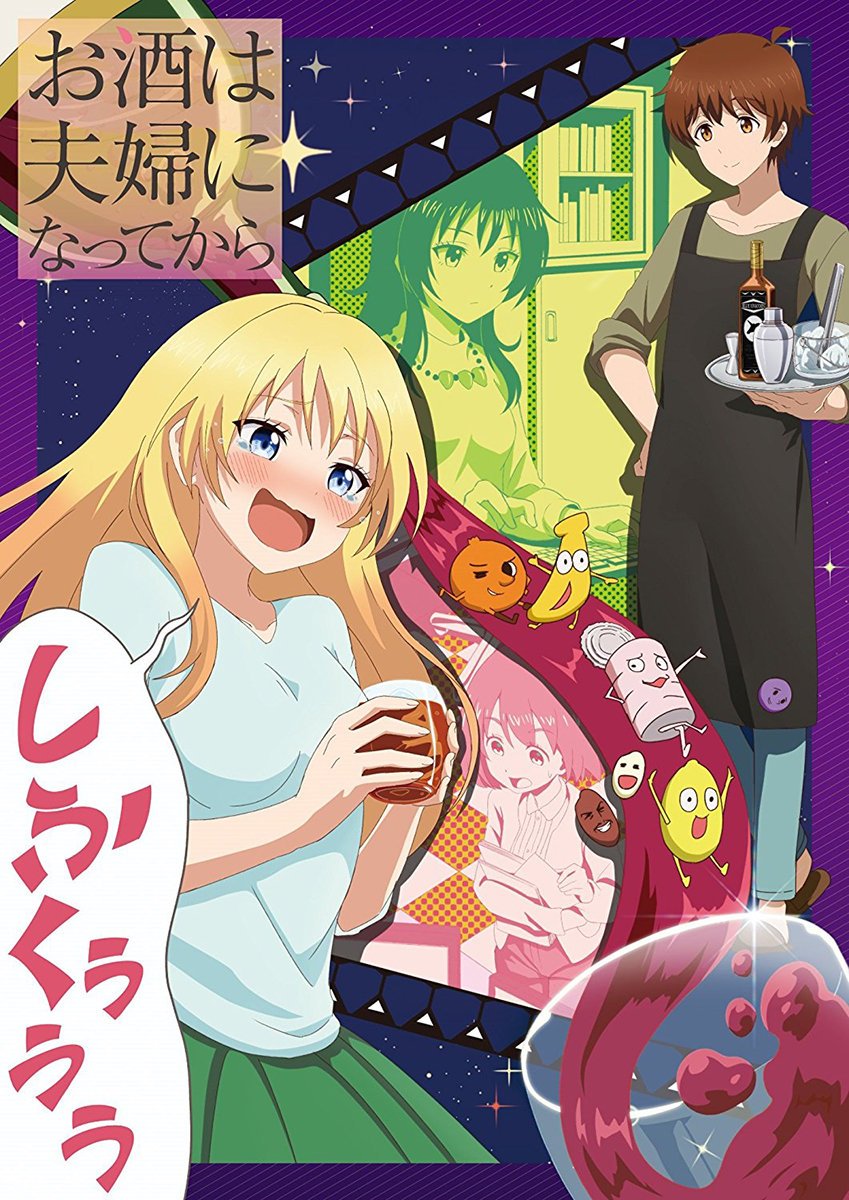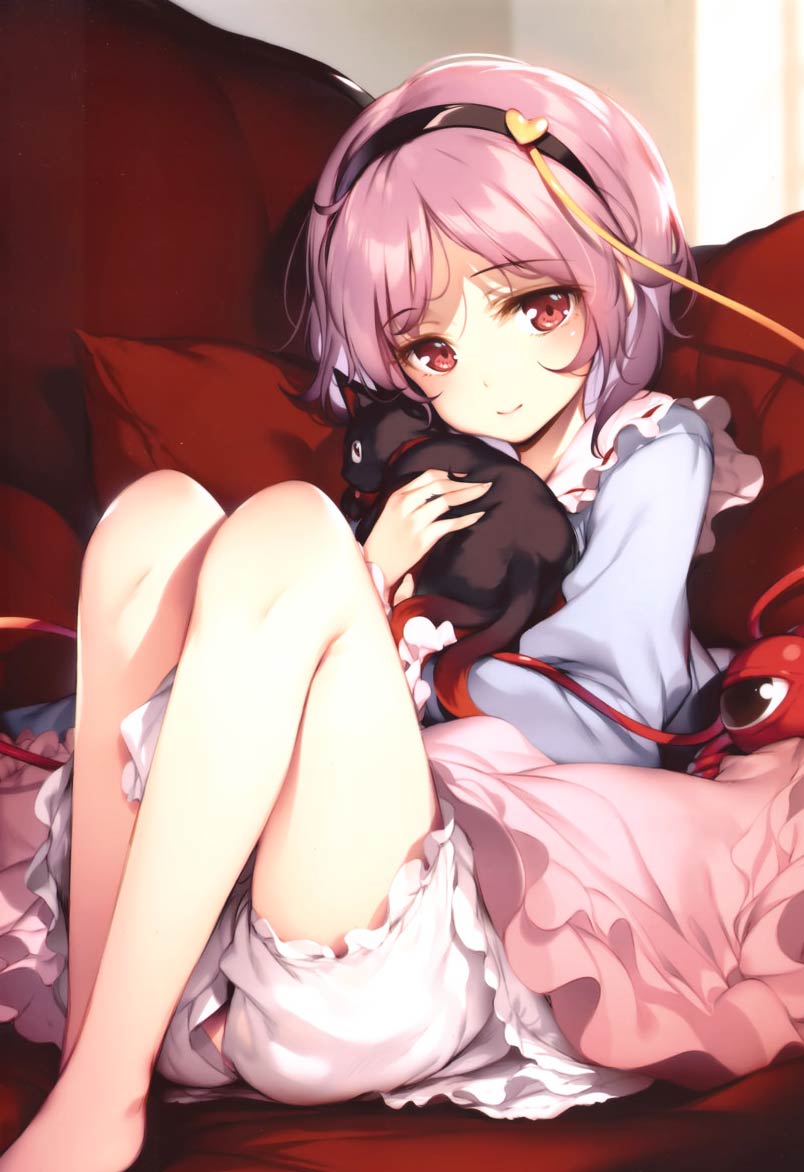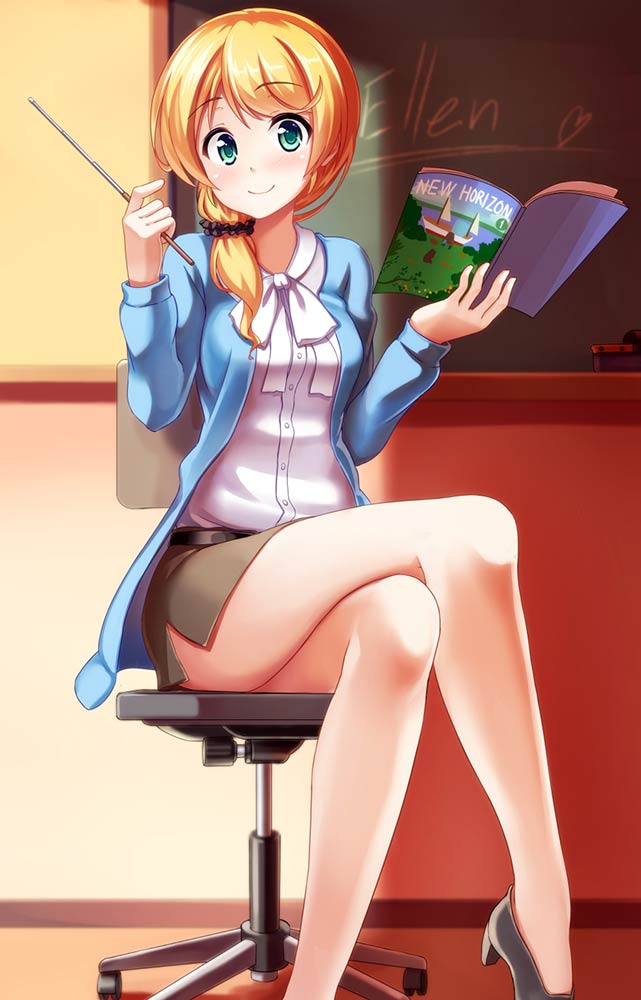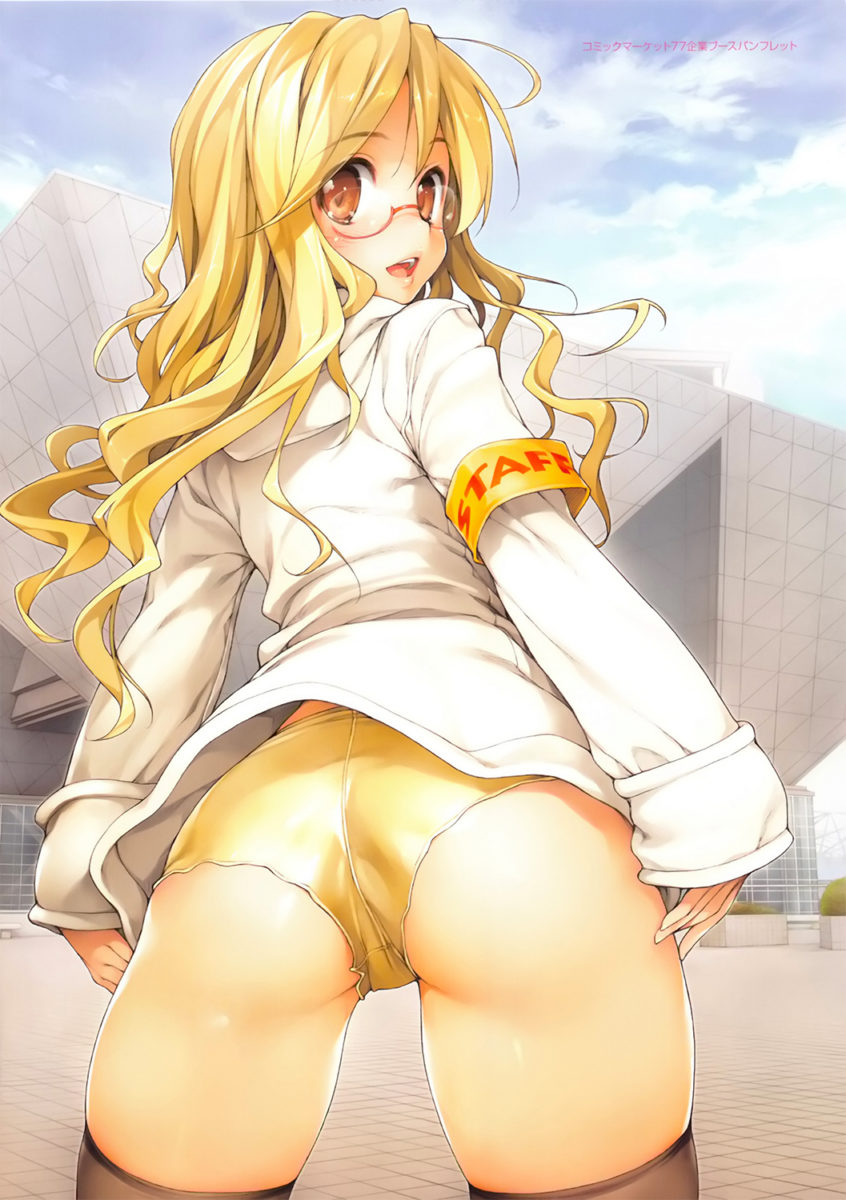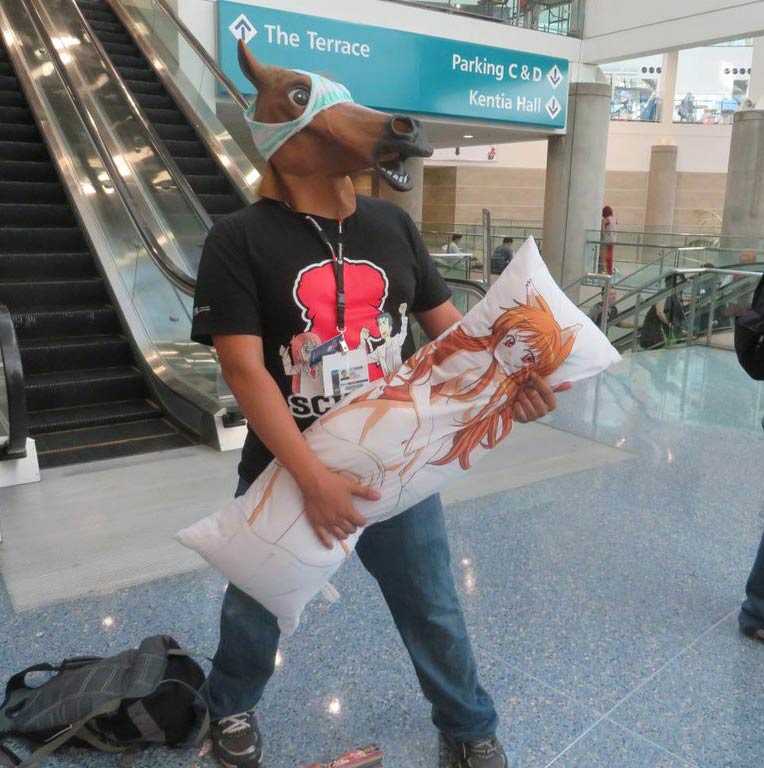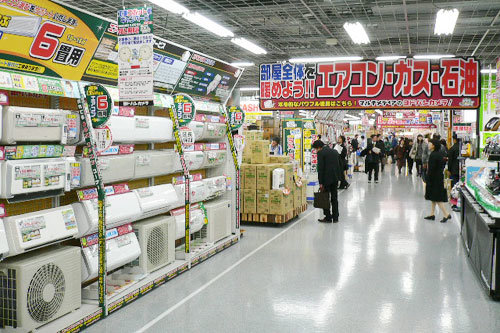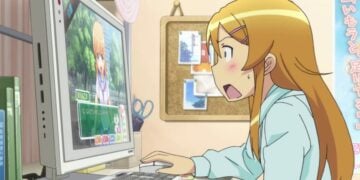The number of suicides in Japan has topped the 30,000 mark for the eleventh year in a row, with the official tally of of people who opted to go to that karaoke bar in the sky hitting 32,000 in 2008. This number is slightly higher than the actual number of suicides in the U.S., despite the fact that America has more than double the population here. As usual, the prefecture with the highest suicide rate was Yamanashi, near Mt. Fuji, home to a morbid forest called Aokigahara Jukai (“the Aokigahara Sea of Trees”), famous as a suicide spot ever since it appeared as the setting in a novel in the 1960s. Last month our rural city was shocked at the news that a mother who’d become disillusioned with life jumped under a train with her seven-year-old son, a terrible and needless waste. While Japan has made some strides in recent years, including logging 700,000 calls from troubled persons at suicide hotlines last year, clearly more needs to be done. While fixing problems with medicine isn’t always the best solution, I can’t help but think that part of Japan’s suicide problem might be related to the cultural aversion to taking medicines — many of the drugs used to treat serious depression in the rest of the world just aren’t available here.
(By the way, do not google Akigaoka with safe search off. Just trust me on this, you will not like what you see.)

The eerie calm of Aokigaoka Jukai, second only to the Golden Gate in annual suicides.


